‘End of life vehicle’, as written on the Laguna’s death certificate, sounds more compassionate than ‘scrapped’. It’s a little like returning home from the vets and telling your children that Mr Fluffy Tail the rabbit is now hopping around the rolling green fields in the sky, with thousands of Miss Fluffy Tails for company. I just need someone to tell me that the Laguna is in a better place; that it’s spending its days in the French sunshine, flitting between beachside cafés, faint whiff of Gauloises lingering in the air. ‘Putting it to sleep’ was the humane thing to do.
To people like you and I, scrapping a car is a big deal. To others, it’s no different to taking a broken domestic appliance to the recycling centre. There’s no need to tell the kids that Walter the washing machine is now rinsing and spinning with his mates in the great laundry room in the clouds. A car is little more than a means of getting from A to B. Go straight to scrap without passing Go, but feel free to collect £200 on the way out.
We see things differently. To many car enthusiasts, particularly those with a fondness for the cheap and unexceptional type, scrapping a car is the last resort. Society’s dregs can provide years of loyal service beyond their supposed use-by date; keeping them on the road is like a badge of honour. Every fresh MOT is worthy of a medal.
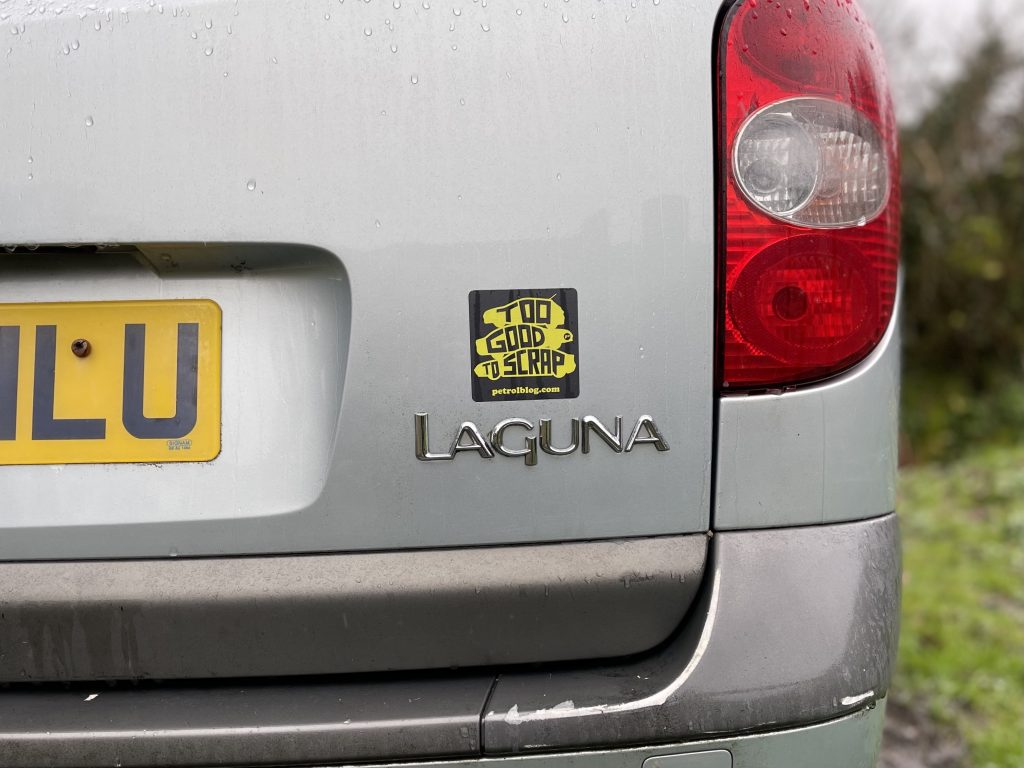
In case you missed it, I love cheap cars; last year, I wrote about how my gamble on a £200 Renault Safrane had paid off handsomely. I’m not going to claim that the Safrane would have been scrapped without my intervention, but the previous owner had made enquiries. Similarly, I paid £350 for my Toyota Camry V6, primarily to satisfy my – some might say – perverse fondness for Japanese saloon cars of the 1990s, but also to save it from becoming an engine donor for an MR2 project.
The Renault Laguna joined the Braithwaite-Smith fleet of terribleness in the summer of 2018. And here’s the good bit, dear reader. I paid a whopping £100 for its services.
It had spent the first three years of its life as a company car, racking up 53,000 miles in the process. The next owner added another 70,000 miles to the clock before handing over the baton (should that be bâton?) in June 2018. Just two months prior to the sale, the car was treated to a service and repairs for the MOT at a cost of £425. A year earlier, £525 was spent to get it through the MOT. This should highlight the fact that buying a cheap car doesn’t necessarily mean low running costs. What you save on the purchase price, you might spend on repairs and maintenance.
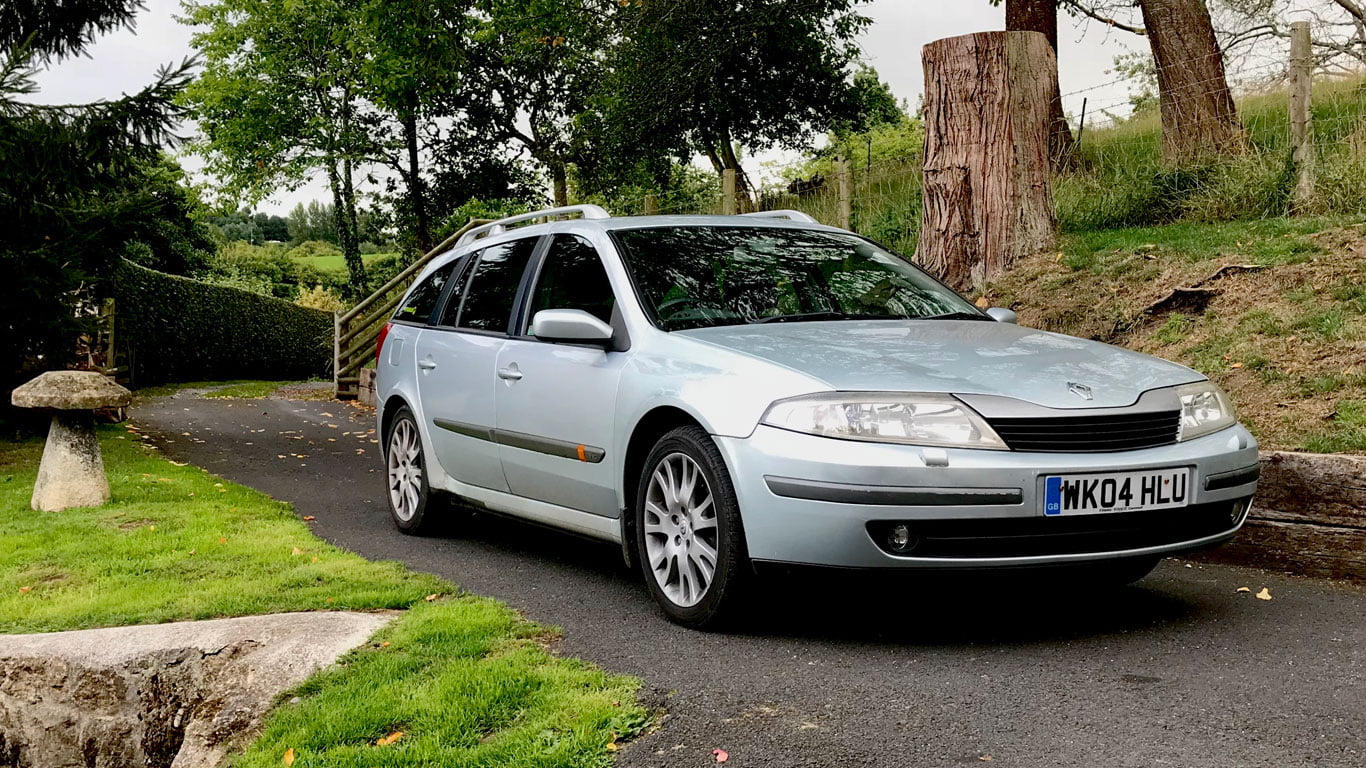
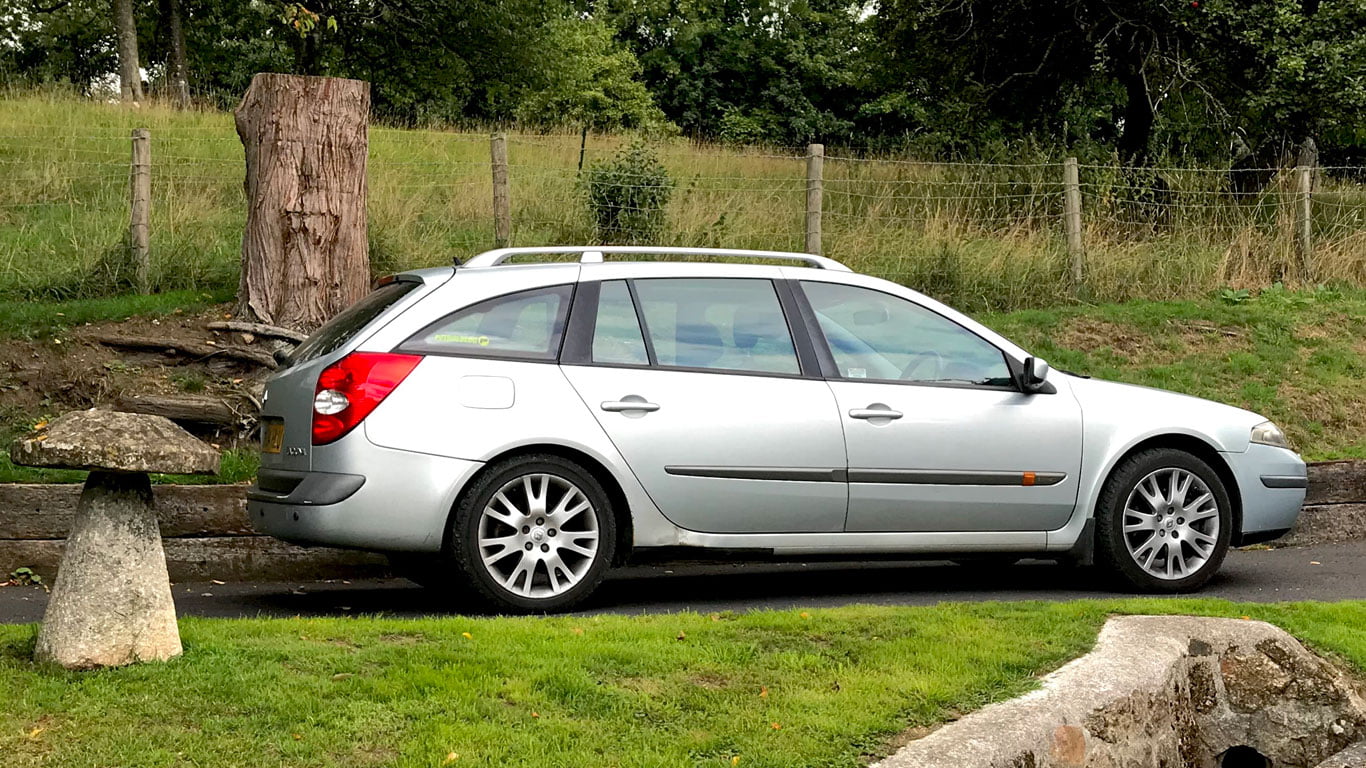
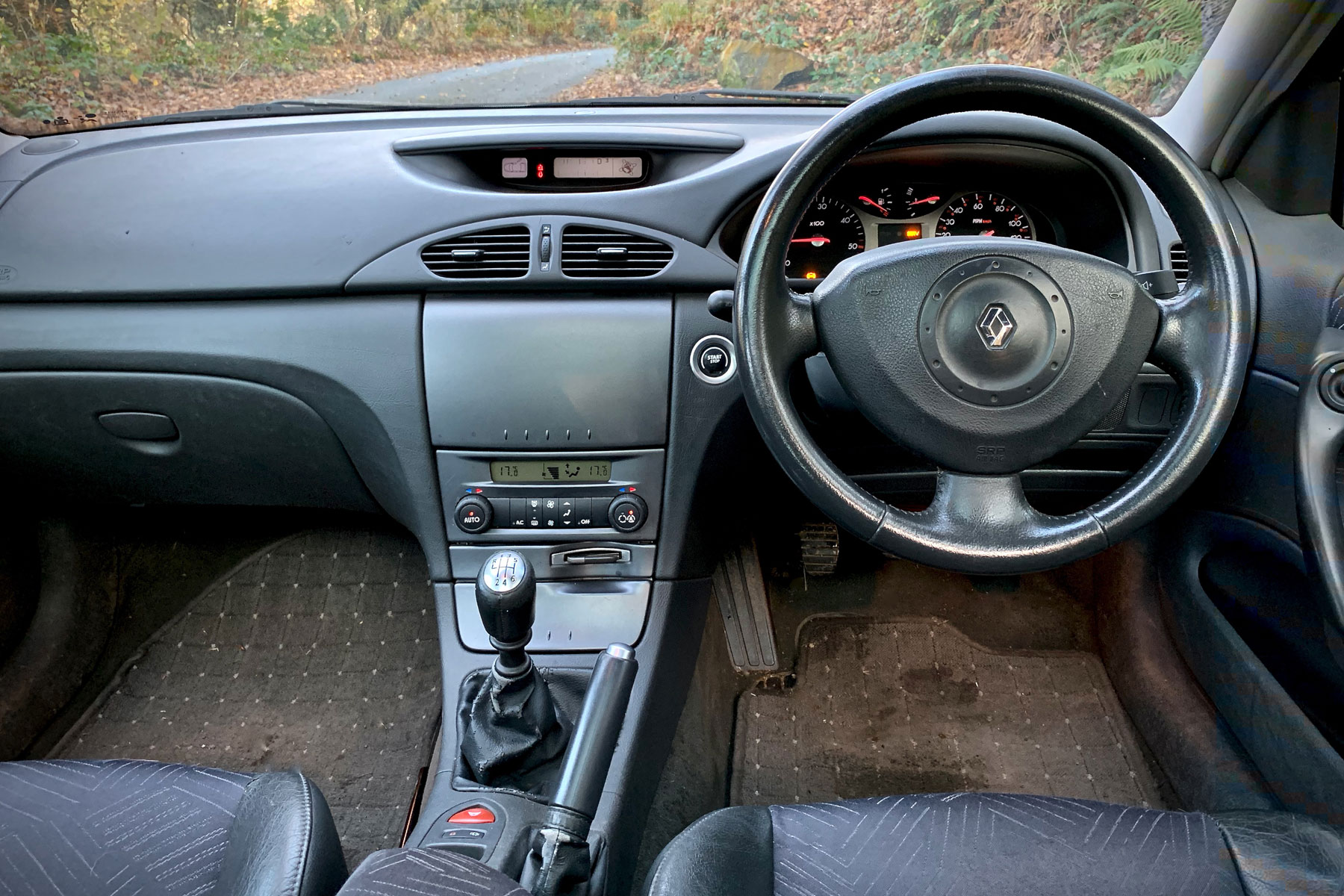
Still, I’d much rather spend £500 a year on a car that’s paid for, than on the finance payments on a new car that isn’t. French cars have a reputation for fragility and forever being on the brink of terminal failure, collapsing like Brie in a warm room, but in many cases, this is due to neglect and poor maintenance. Both the Laguna and Safrane came with lever arch files filled with receipts and invoices charting a lifetime of servicing and repairs. They survived, not by accident, but thanks to proper maintenance.
If the internet is to be believed, the Laguna II is a used car to avoid, with some dealers reportedly refusing to take it in part exchange. All a far cry from when the second-generation Laguna arrived just after the turn of the millennium and impressed us with its avant-garde styling and the first five-star Euro NCAP safety rating. A spec’ list featuring the likes of a keycard ignition, xenon headlights and sat-nav made the Laguna II one of the stars of the user-chooser sector. For a year, I was living the sales rep dream, enjoying 45mpg from the 1.9 dCi engine and the supreme comfort of the well-padded seats. I even stuck a wooden coat hanger on the hook above the offside passenger window, because LOLs, or something.
Aside from an illuminated ABS light on the dashboard, water in the rear footwells and the occasional electrical problem, the Laguna II was a paragon of reliability. As a point of order, can I propose that the Laguna II Sport Tourer is a rather elegant and suave estate car?
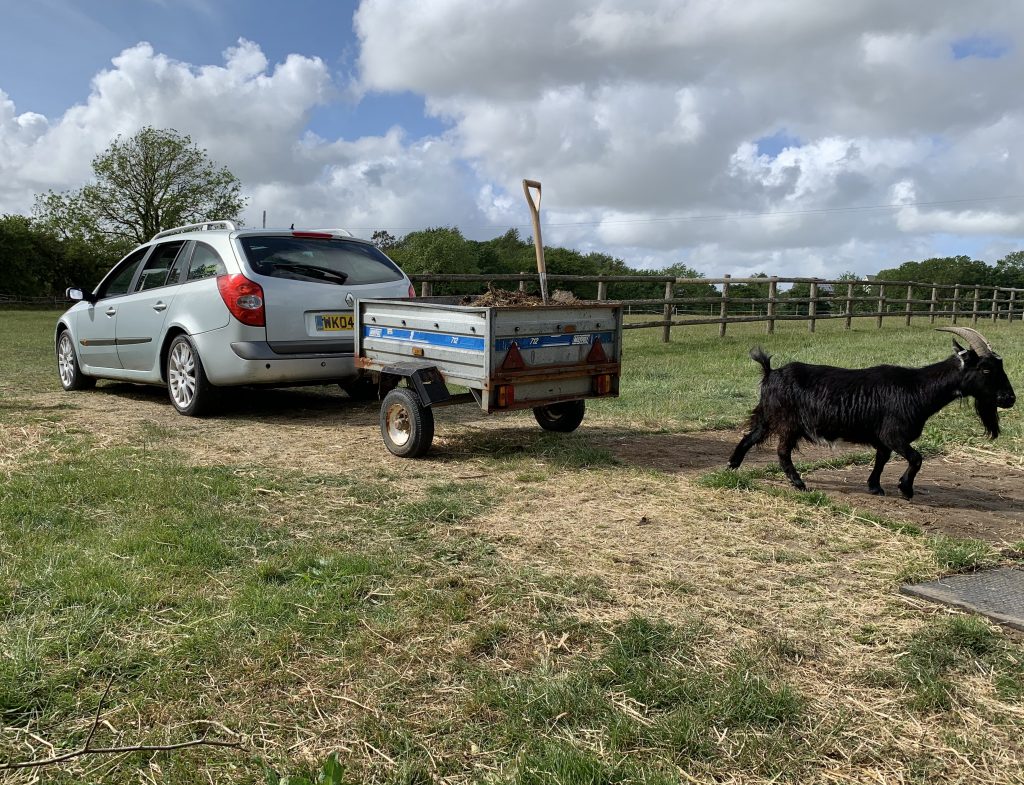
Its removal from the road coincided with the expiry of the MOT in June 2019, but it remained in service as a smallholding towing vehicle and workhorse. Eat your heart out Citroën 2CV drivers, because driving a Laguna II over a ploughed field on a summer’s day is one of life’s pleasures, especially with an open sunroof and a cold drink in the Saab-like cupholder. Hey, it was the lockdown, so I didn’t get out much. Few of us did.
By the beginning of 2022, the Laguna’s problems were mounting. Long overdue a new timing belt, it also required a new ABS pump, starter button and four tyres. It had also developed a diesel leak, the engine mounts were on the way out, and I was never quite sure which electrical gremlin would raise its head. Windows, sunroof, air-con, tailgate, locks – some days they would work, other days they wouldn’t. This is before I mention the water ingress and rust on the sills, subframe and suspension mountings.
I fooled myself into believing I could fix everything, but you can’t kid a kidder. Feeling the clutch pedal fall to the floor when I needed to move the car was the final straw.
In a rare example of decisiveness, I emailed the local scrappy to see what it would be worth. An offer of 15p per kilogram seemed preferable to subjecting myself to the horrors of selling a cheap car on eBay, especially as the price included collection and the money would be in my account within 24 hours.
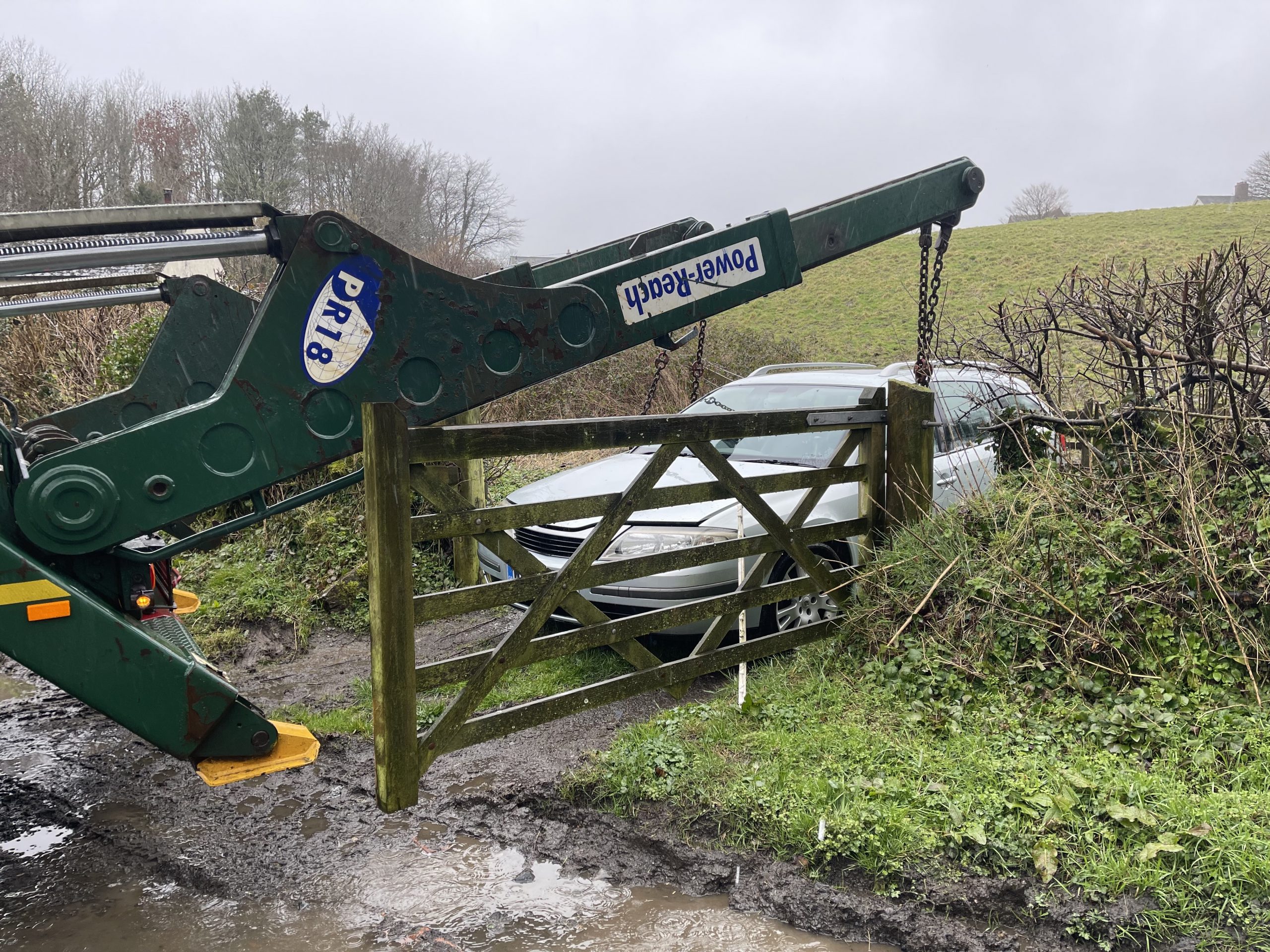
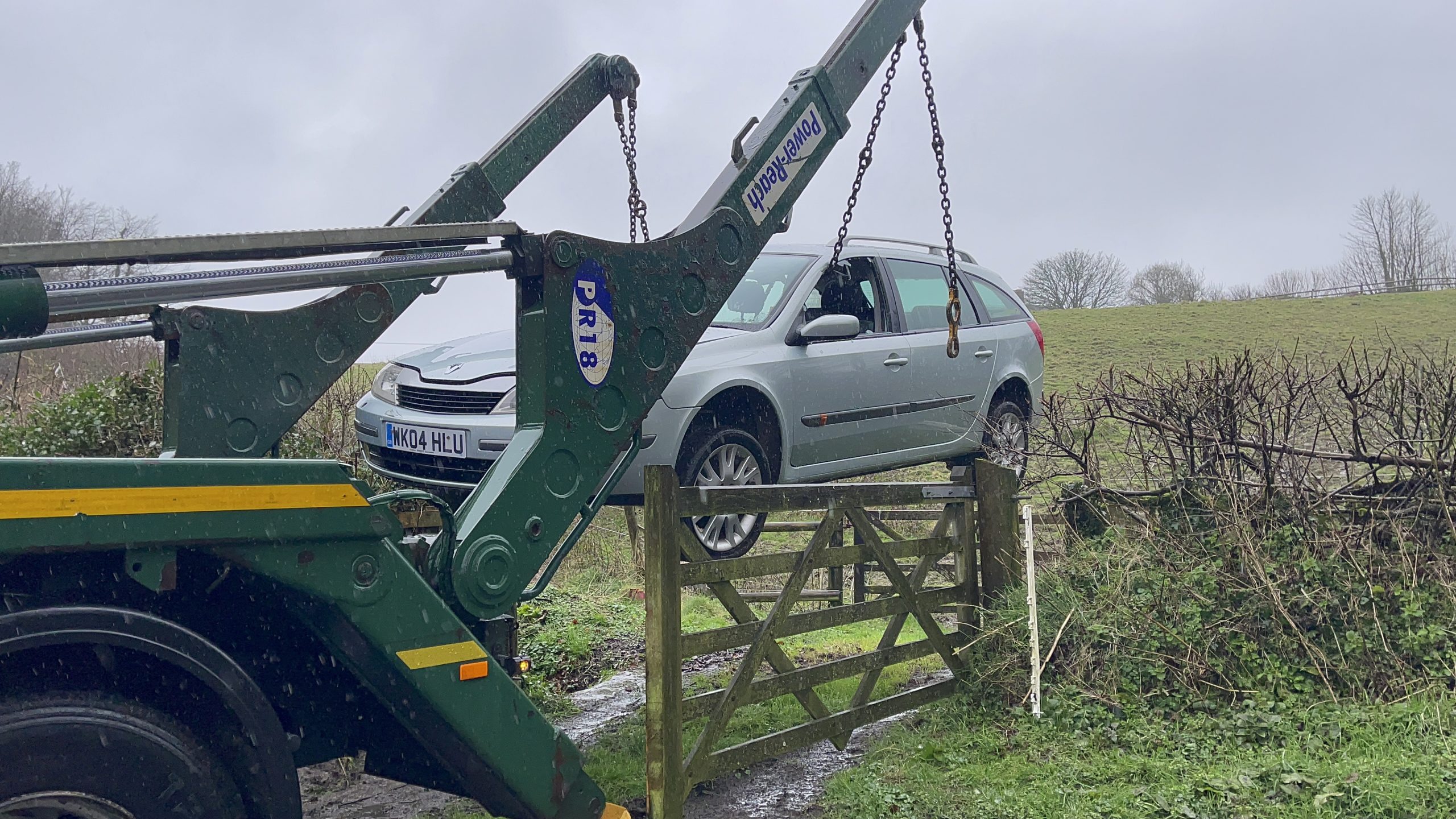
Just three hours after my initial enquiry, the Laguna was being hoisted into the air before being unceremoniously dropped onto the back of a skip truck. In a final act of defiance, the Laguna’s nearside passenger window refused to open, forcing the ‘end of life vehicle technician’ to break the glass with a hammer to stick the chains through the car. I expected the sound of broken glass and the sight of my car making its way to the crusher to be a painful experience, but it was anything but. To my surprise, I found the whole experience quite therapeutic, even reinvigorating. A weight off my mind, a list of problems to remove from the fleet’s ‘to-do’ list, and £240 in my bank account.
I’m not entirely sure what I expected, but the process was refreshingly simple. Having completed a couple of online forms, including the scary-sounding Certificate of Destruction (the best Guns ‘n’ Roses album you’ve never heard of), the recycling company took care of the entire process. Swift, seamless and, for me at least, painless. I can’t say the same for the Laguna. You know what they say about eating meat and sticking cameras in an abattoir? Well, I’m not sure I’d be so blasé about the whole thing if I’d witnessed the car’s actual death. Sticking a signature on an editable PDF takes the sting out of the tail.
Scrapping a car isn’t for everyone. I feel guilty for calling time on the Laguna, but it was the right thing to do. Spending upwards of £1,000 to get the Laguna through another MOT would have been a false economy, especially when my fleet has other, more deserving mouths to feed. Do I miss the Laguna? Yes. Do I regret scrapping it? No. Besides, I know it’s actually parked outside a crêperie on the Brittany coast with Monsieur Fluffy Tails for company.
How to scrap a car
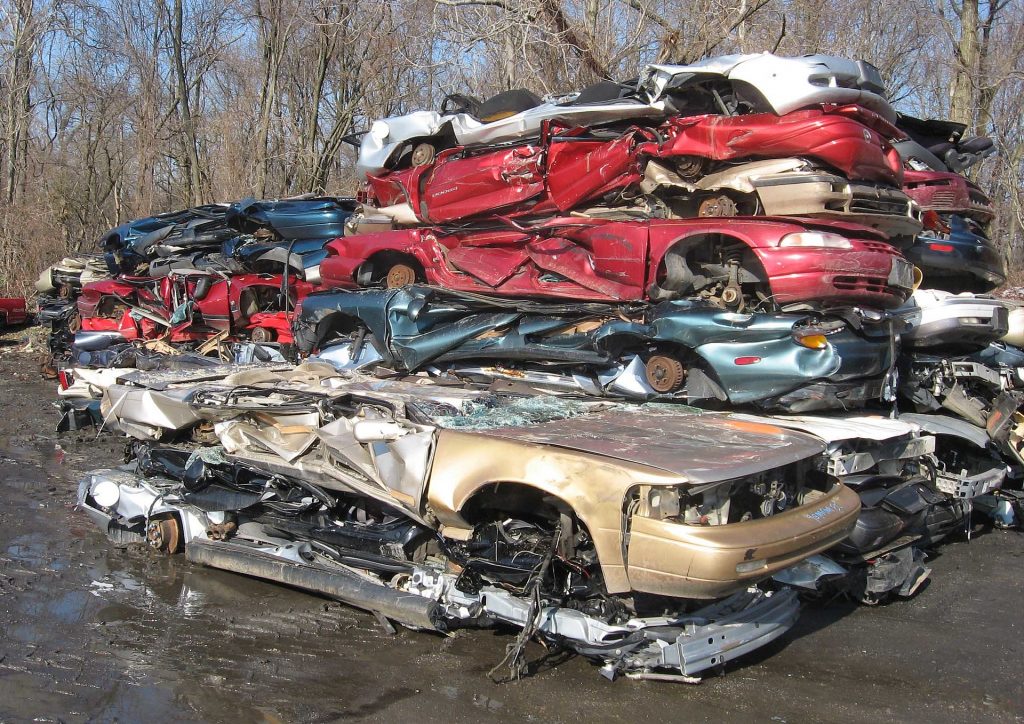
- Your vehicle must be scrapped at an authorised treatment facility (ATF), otherwise known as a scrapyard or breaker’s yard. It is illegal to scrap your vehicle anywhere else. A list of authorised facilities can be found on the government website.
- You will be given a Certificate of Destruction within seven days if you’ve scrapped a car, light van or three-wheeled motor vehicle. Without this certificate, you could be liable for traffic offence penalties and vehicle tax.
- Give the vehicle logbook (V5C) to the ATF, but keep the yellow ‘sell, transfer or part exchange your vehicle to the motor trade’ section.
- Inform the DVLA that you’ve taken your car to an ATF. You will receive a refund for any full months left on the vehicle tax.
- The ATF will pay for the scrapped vehicle by bank transfer or cheque; it is illegal to be paid in cash.
Read more
Take a chance on me: The £200 Renault Safrane that paid off
My numberplate perfection peculiarity
Catalytic converter theft becoming a global crimewave

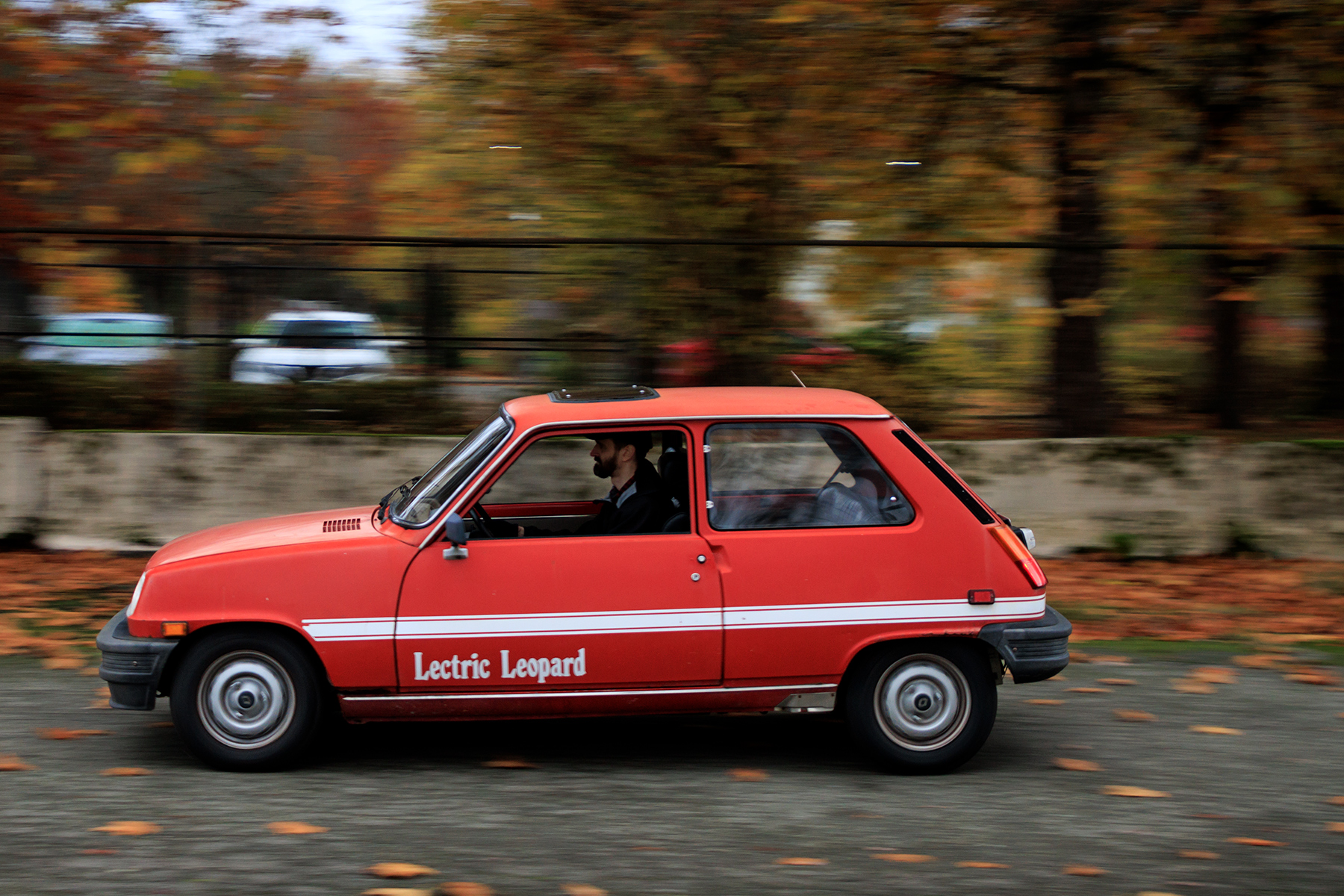
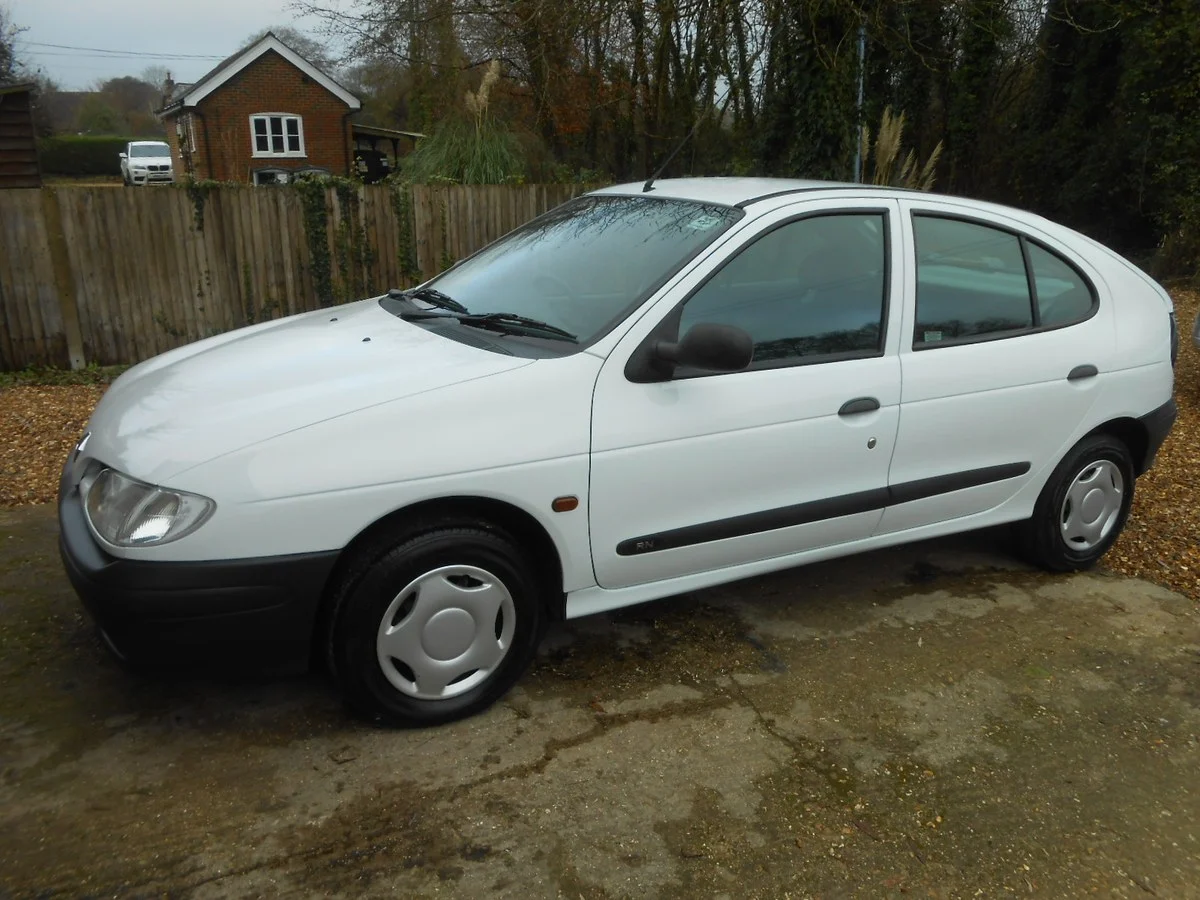







In the end, it was the right thing to do. You gave that car longer on the road and in use than it would have had otherwise and it lives on forever as the internet famous “£100 Laguna”.
Of couse given the current price of scrap cars at present( I recently got £520 for a Rover 200 that was unrepairable) one mustwonder if the goverment is funding a deliberate policy of getting as many old ICE cars off the road even if they are serviceable in order to speed up the insane drive towards EV’s